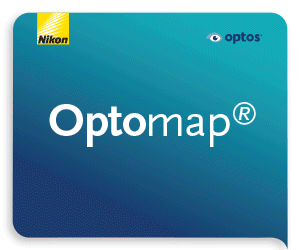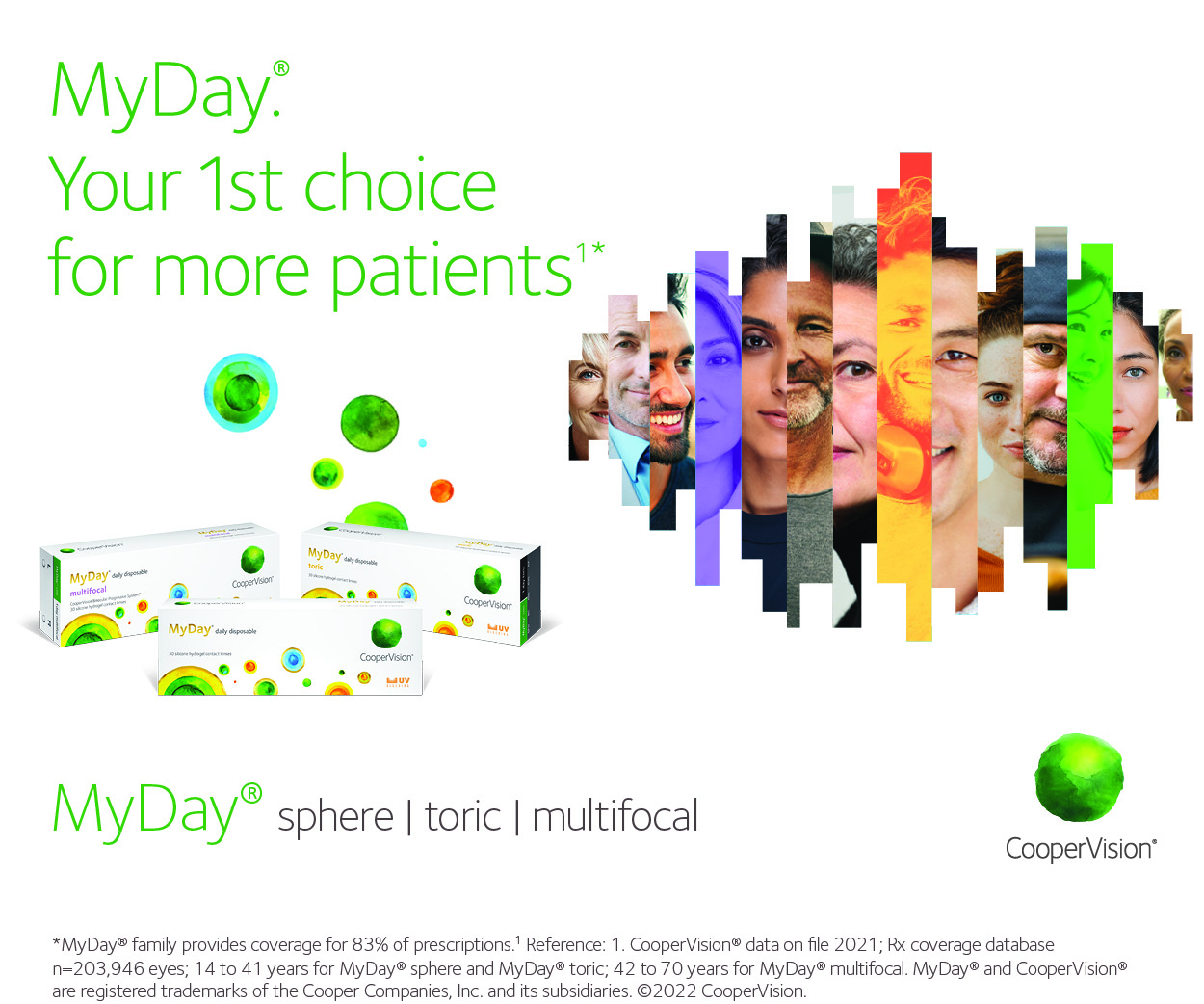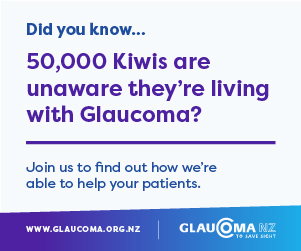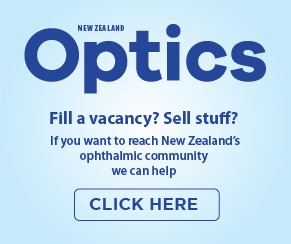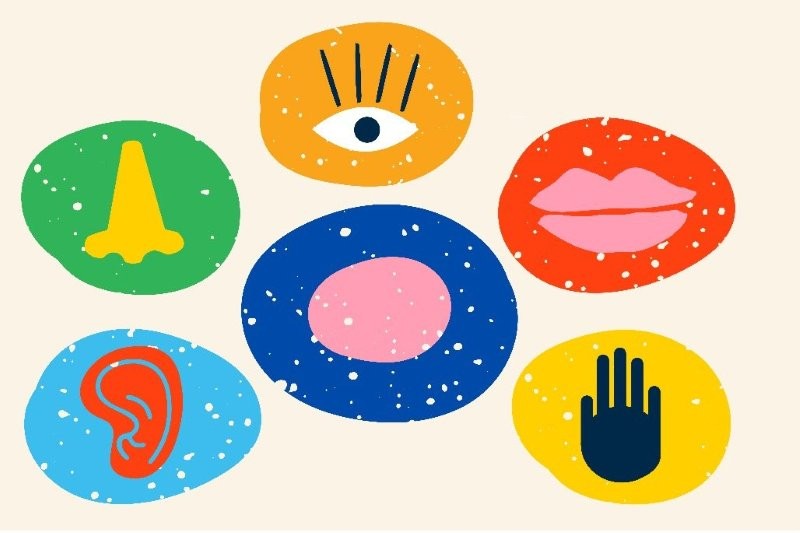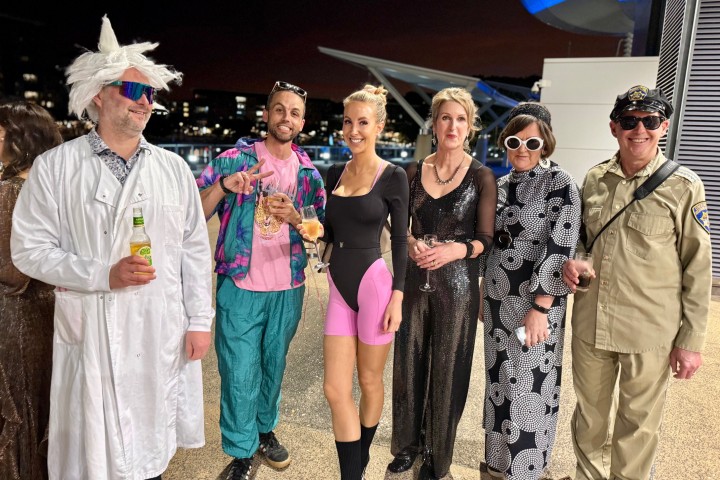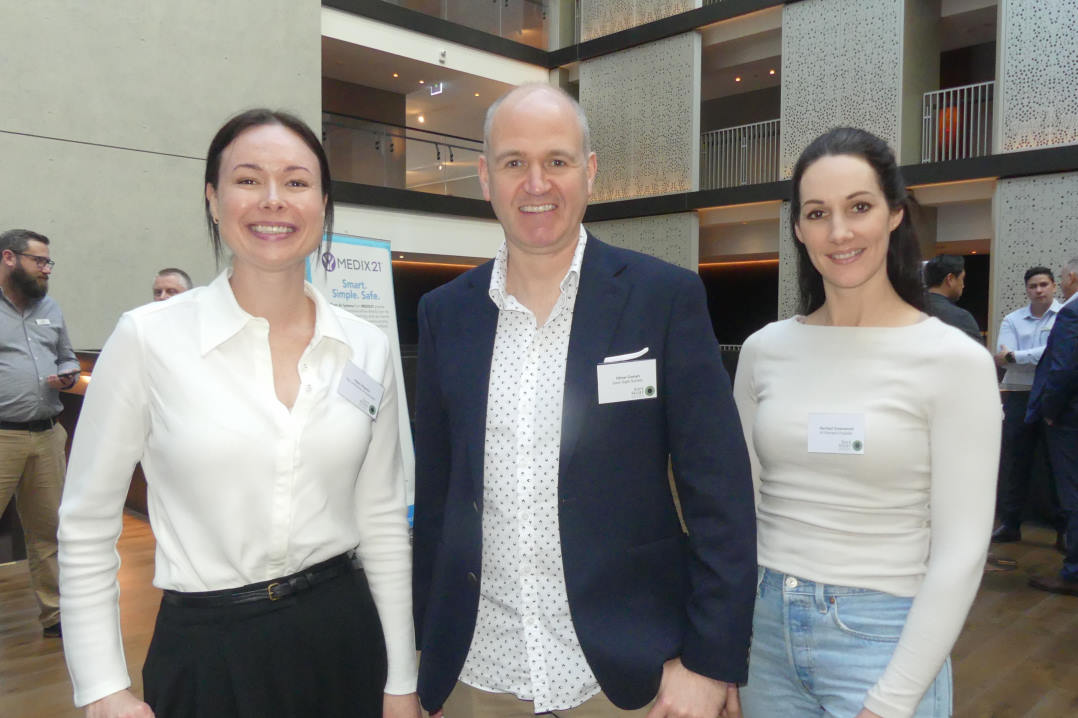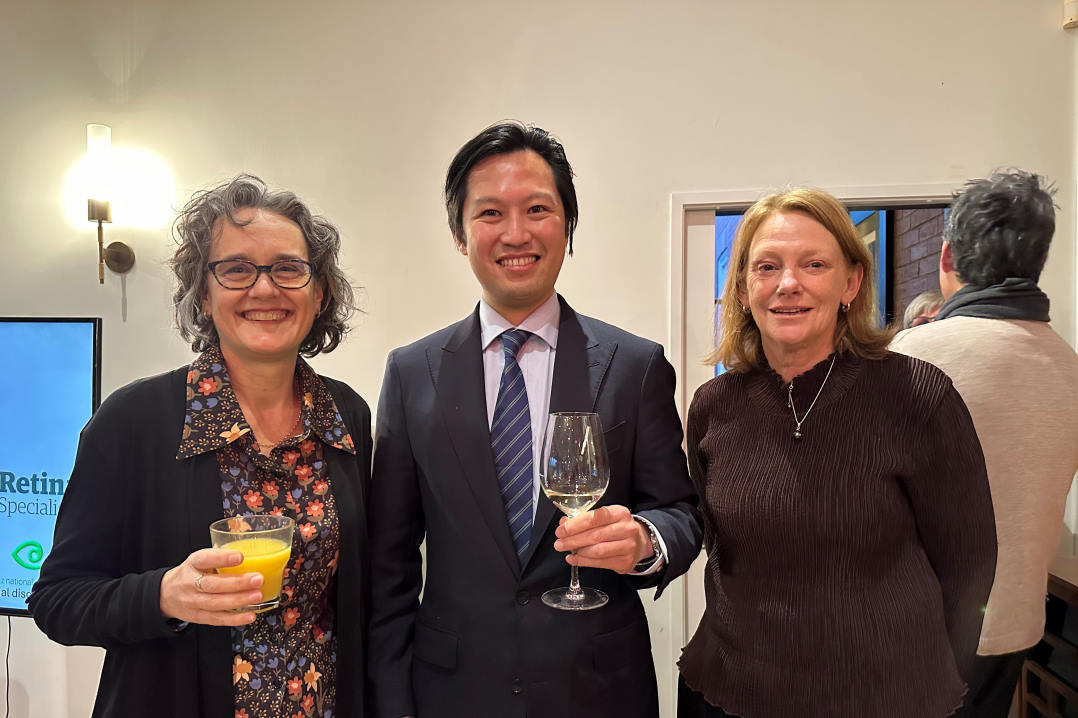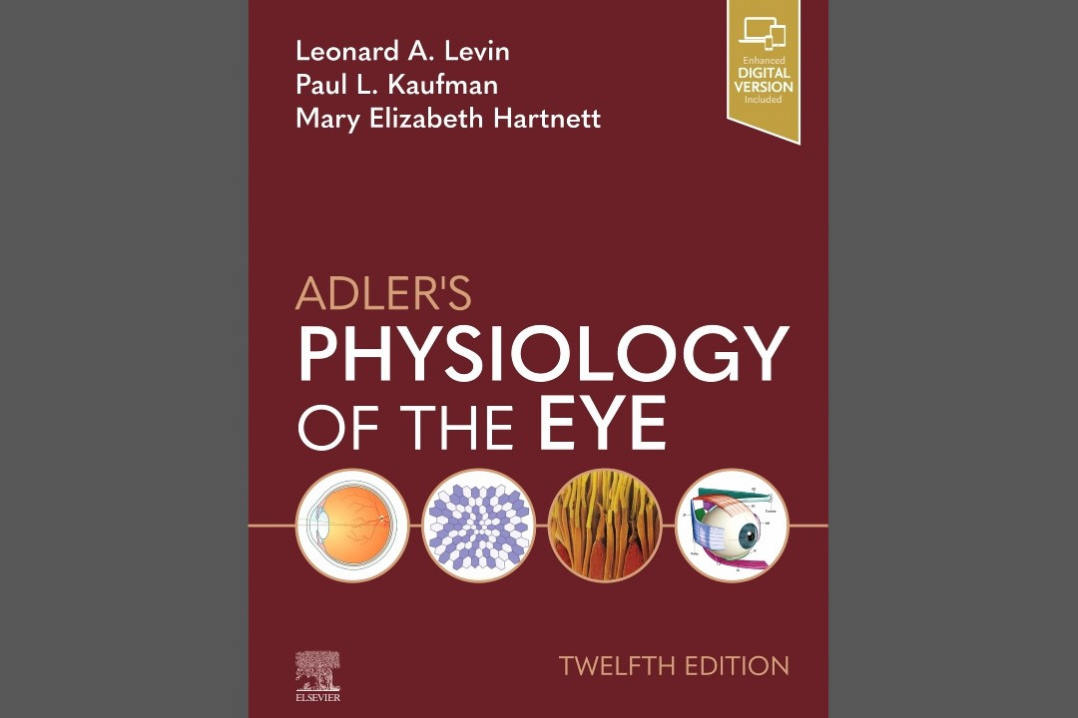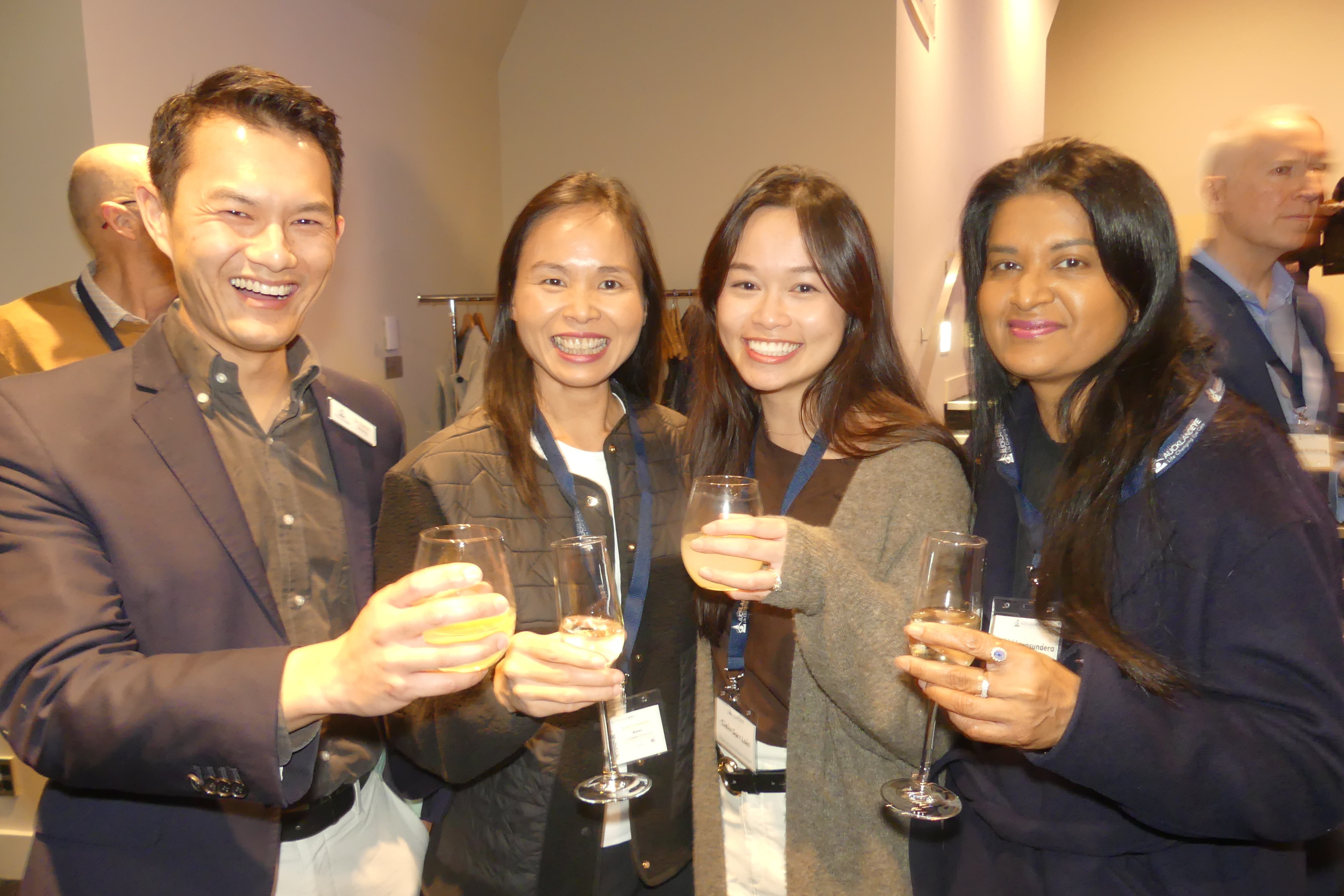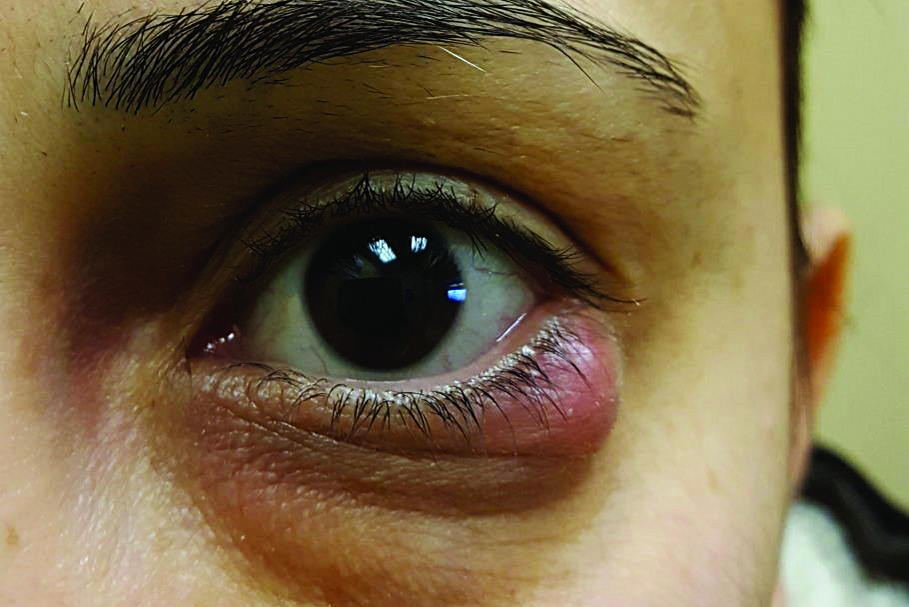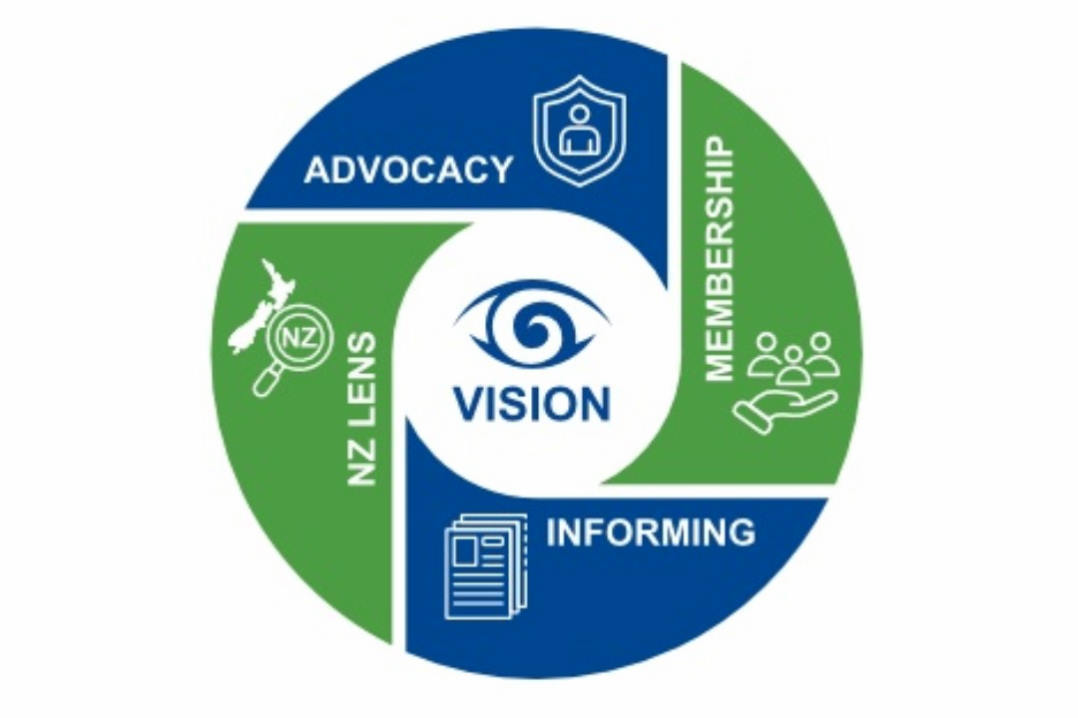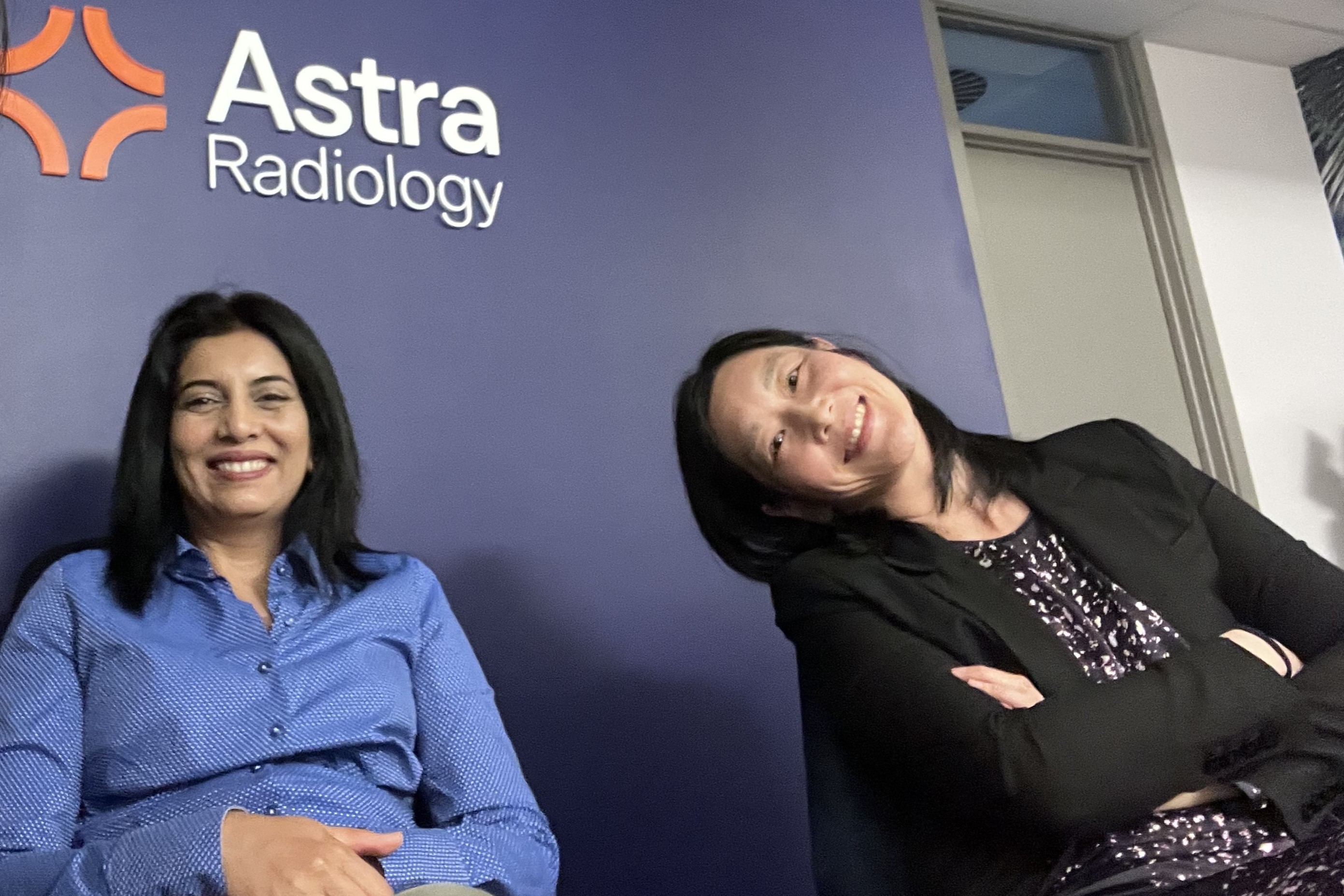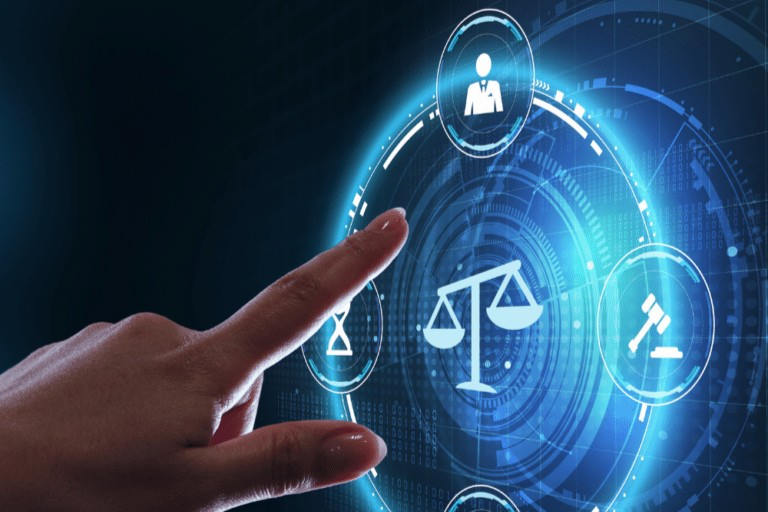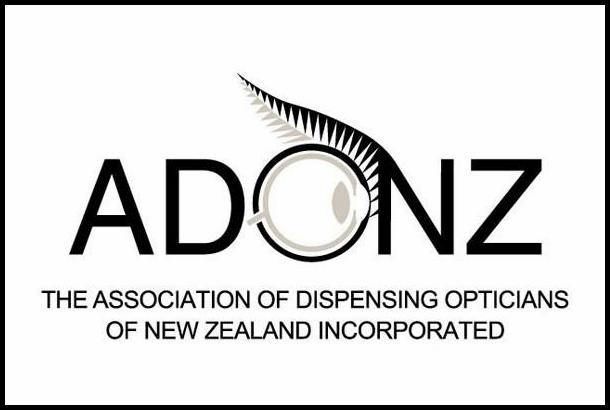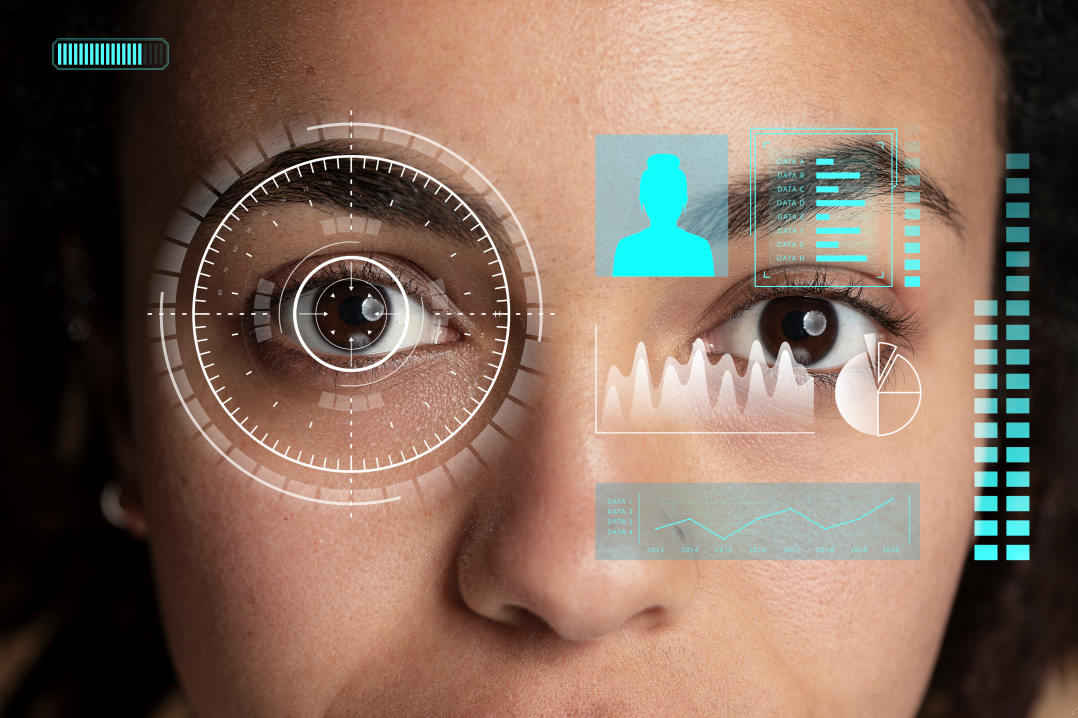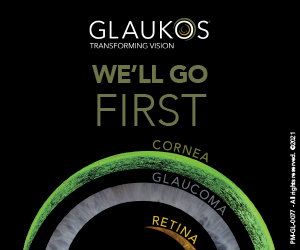Uncommon sense
Drew Jones uncovers the intriguing phenomenon of synaesthesia – a ‘crosstalk’ between the five senses which can produce extraordinary experiences for those with the condition – and how it’s inspiring technologies to help the visually impaired picture their environment.
“As a child, I had a neighbour who was distinctly orange – his hair, his VW Beetle and even his name. I remember being amazed by his uniformity, so I asked my friend if she thought his name was orange as well. That’s when I discovered that I saw things differently from other people,” says US artist Cassandra Miller. Miller has at least two forms of synaesthesia: a ‘merging’ of senses where she sees colours shifting in and out of view when she hears music (chromesthesia); and letters and numbers having distinct tones and personalities (grapheme-colour synaesthesia).
New Zealand pop star Lorde has chromesthesia too. She told Far Out magazine her condition led to a song being initially discounted for inclusion on her 2013 debut album Pure Heroine. “When we first started ‘Tennis Court’, we just had (a keyboard sound) playing the chords and it was the worst textured tan colour – like, really dated – and it made me feel sick. Then we figured out the pre-chorus and I started the lyric and the song changed to all these incredible greens overnight!”

Lorde
One in 23 people experience some form of synaesthesia, according to Dr Julia Simner, a professor of neuropsychology specialising in multisensory processes at the UK’s University of Sussex. Studies have shown the brains of synaesthetes are subtly different from the average person, she says. “People with synaesthesia have more connections in some regions of the brain and this seems to be part of their normal childhood development. It's also possible for an adult to suddenly develop synaesthesia after a disease or injury, but this type of synaesthesia is extremely rare and very different from lifelong synaesthesias that start in childhood.”


Prof Julia Simner and Dr Sean Dean
However, it is misleading to describe synaesthesia in terms of pairwise associations between the five senses, she says. “For instance, in the 'vision' domain some synaesthetes might experience colour, whereas others might experience shapes, while others might experience movement. Thus, the number of potentially different forms of synaesthesia is likely to be very big indeed.”
Dr Sean Day, a synaesthete and the president of the International Association of Synaesthetes, Artists, and Scientists, says he’s counted at least 80 different variants of synaesthesia. Research by Prof Simner and others suggests grapheme-colour synaesthesia is probably the most common variant and has therefore been the focus of most research. “Experiencing days, months, numbers and the alphabet in a spatial form (eg. in lines, circles, spirals) is even more common – maybe 20% of the population, says Prof Simner.
Prof Simner’s lab conducted an experiment on passers-by at both London's Science Museum and the undergraduate population at the University of Edinburgh. In addition to questions about perception, they also used a computer test in which black letters and numbers were flashed on the screen and participants had to choose a colour they associate with them as quickly as possible. “Most people chose randomly but those with synaesthesia were very reliable in their choice of colours,” she says. The experiment produced an estimate of that type of synaesthesia occurring in 1–2% of the population. The Edinburgh study found coloured days of the week was the most common type of synaesthesia, but researchers also observed less-common types, such as ‘tasting’ shapes and ‘coloured’ music. “In total, we identified 22 synaesthetes out of the 500 students screened. This means 4.4% of the population appear to experience synaesthesia, but that figure will be higher if other types of synaesthesia are also considered,” says Prof Simner.
NZ Optics editor Susie Hill didn’t realise there was a name for the way she perceives days of the week, months and seasons until the team discussed this article. “I never really thought much about it and perhaps imagined everyone saw things this way. I see days of the week in a line from left to right: Monday is white, Tuesday is blue, Wednesday is green, Thursday is pinkish, Friday is black and Saturday and Sunday are pinkish red.” She also sees numbers as colours and the year laid out vertically, with most months having a distinct colour.
Is synaesthesia real?
Professional scepticism of the condition’s validity began to be eroded by functional neuroimaging studies, the first being Paulescu et al’s 1995 use of positron emission tomography. The study demonstrated that some regions of auditory word-to-colour synaesthetes’ visual cortex were more active when they listened to words rather than tones.
Most theories of synaesthesia talk about rewiring or extra connections in the brain, explains Prof Simner. “White matter in the brains of people with synaesthesia is organised differently and there is more grey matter in some regions of the brain relating to perception and attention.” Another brain-imaging study showed that when certain synaesthetes hear spoken words, the parts of the brain normally dedicated to colour are used, she says.
Associate Professor Patrick Shepherd at the University of Canterbury’s School of Curriculum, Pedagogy and Assessment is a musician and composer who has spent many years researching the condition. Interviewing people who claimed to have synaesthesia, he found the ‘genuine’ synaesthetes produced reproducible responses to tests such as Stanford University’s Dr David Eagleman’s ‘standardised test battery for the study of synaesthesia’. “Not only that, but a synaesthete won’t just tell you, for example, that Tuesday and the letter C are yellow to them; it will be a very specific type of yellow, which they can define clearly,” he says.

A/Prof Patrick Shepherd
If you put two synaesthetes together they will typically argue over the colour of letters, says Prof Simner. “However, if one looks at a larger sample of synaesthetes, some trends can be discerned. For instance, 'A' is often red, 'B' is often blue and 'C' is often yellow. This is likely to hold true for other types of synaesthesia; for instance, certain musical instruments may tend to produce particular colours, shapes and movements even though there will also be a significant amount of individual variation.”
A superpower or kryptonite?
Most synaesthetes say they could not imagine life without their experiences and are either positively disposed towards it – they feel sorry for people who don't have it – or neutral, like being asked whether they enjoy having a left arm, says Prof Simner.
Synaesthesia has no known effects on IQ, although three studies have shown adults and children with synaesthesia have higher rates of anxiety than otherwise expected, she says. “Two small studies published in 2013 also suggest that synaesthesia is more common in adults with autistic spectrum disorder. These results appear broadly reliable and have been confirmed elsewhere; however, it's important to note that most people with autism do not have synaesthesia and that most people with synaesthesia do not have autism,” she says.
There is also growing evidence that synaesthesia may be linked to certain advantages, including enhanced memory, superior perception and being able to think more quickly, says Prof Simner. “One of the most famous synaesthetes, the late Soviet journalist Solomon Shereshevsky, actually made a living out of being a memory expert! And although synaesthetes’ memory abilities decrease like the rest of us with age, they maintain a memory advantage across their lifespan: research shows older synaesthetes have an equivalent memory to younger non-synaesthetes.”
Bringing images to the blind
Inspired by synaesthesia, researchers have developed various systems to help the visually impaired perceive the visual world via sound. Dr Peter Meijer, the Dutch founder and director of Metamodal BV, developed The Voice, a visual-to-auditory sensory substitution device (SSD) in 1992 for the visually impaired. The Voice converts visual stimuli of the surroundings captured by a head-mounted camera into corresponding aural representations delivered to the user through headphones at a default rate of one soundscape per second. Each soundscape is a left-to-right scan, with height represented by pitch and brightness by loudness.
According to a 2012 paper in PLOS One, proficient users of The Voice were able to differentiate the shapes of different objects, identify the actual objects and locate them in space.
In the study, one early-onset and eight congenitally fully blind subjects were trained for one hour on a Snellen acuity task and introduced to tumbling Es in all four directions, said researchers. All the participants performed better than reported using tactile SSD (20/860) or the highest-resolution retinal prostheses (20/1,000). Interestingly, five of the nine participants (55%) had ‘visual acuity’ exceeding the threshold for blindness as defined by the World health Organization, they said.
“Our findings suggest early and congenitally blind individuals using auditory SSDs can retrieve detailed visual information at a much higher resolution than previously demonstrated with any other sight rehabilitation approach… It may well be that further specific high-acuity training will yield better acuity results. For example, our participants were able to identify and mimic the body posture of a person standing a few metres away and navigate crowded corridors while avoiding obstacles. One of the participants was also able to identify live, three-dimensional emotional facial expressions.”
Working on similar principles, LibreAudioView, developed by researchers at the University of Burgundy, France, uses a miniature camera integrated into a glasses frame connected to a minicomputer worn around the neck. Converting images into audio sent to the user’s headphones, the system enables the localisation of moving objects, the estimation of trajectories and the detection of approaching objects, say its developers.
There are also devices which substitute touch for vision, says Dr Day. “About 20 years ago, I corresponded with members of the US Air Force and the US Army; both groups were using devices that translated light spectrum information (usually infrared, but also other ranges, including into radio range) into tactile sensations, usually conveyed via a device placed on the tongue. A couple of top fighter pilots used such devices very effectively. Tongue chips are still used, but it seems like they might be moving towards using jacket or arm-patch devices, such as Dr Eagleman devised.”
Thoughts for the eyecare practitioner
While there is no need to avoid all colours in the eye clinic, it would be of benefit to a synaesthete if the focus for tests – such as charts and the immediate surrounding area – is as black-and-white as possible, says Dr Day. “Also, it would help if the clinician is out of visual range and they talk as little as possible during testing.
Dr Day has ‘music to colour’ and ‘odour to colour’ synaesthesia. “While at an optometrist, music playing in the background or a very predominant odour (cologne worn by the optometrist) has produced synaesthesia, which interfered with my vision. On more than one occasion, I informed the optometrist and asked to have the specific test be done again – and, I will add, one doctor was ‘offended’ and refused to do so.”
It’s often reported that synaesthesia is associated with dyslexia, for which Irlen syndrome is often misdiagnosed. The syndrome is described by the Irlen Institute as the brain overreacting to visual stimuli to create a variety of visual, physical, cognitive, emotional and neurological symptoms. Irlen patients often use coloured lenses to filter out visual hindrances, particularly to help with reading.
However, the rate of dyslexia among synaesthetes is only very minimal and insignificantly higher than the rate among non-synaesthetes, says Dr Day. “And I will state up front that I have my doubts about whether Irlen syndrome is an actual medical condition. I don’t discount it; but I am not satisfied yet that there is sufficient evidence.”
Dr Day says he has corresponded with at least three synaesthetes who have used Irlen-style coloured spectacle lenses to reduce the distractions caused by visual synaesthesia. “One of them uses rose-tinted glasses, mostly for reading, and green or yellow for various types of mathematics. Yellow or orange lenses are sometimes used during migraines. While the coloured glasses do help some synaesthetes, this has to do with the distractions caused by the individual’s synaesthesia – not by anything those proposing Irlen syndrome are suggesting.”
Eyecare professionals should be aware of the existence of synaesthesia as an actual rare neurological trait, says Dr Day. “Maybe straightforwardly ask patients if they experience synaesthesia, even if this means introducing them to the concept.”
The most common types of synaesthesia
- Auditory-tactile synaesthesia – sound prompting a specific bodily sensation (such as tingling on the back of the neck)
- Chromesthesia – sounds (like a car honking) can trigger visualisation of colours
- Grapheme-colour synaesthesia – letters and numbers are associated with specific colours
- Lexical-gustatory synaesthesia – hearing certain words triggers distinct tastes
- Mirror-touch synaesthesia – a kind of supercharged empathy, where a person feels as though they’re being touched if they witness it happening to someone else.
- Number form – a mental map of numbers involuntarily appears whenever someone thinks of numbers
- Ordinal linguistic personification – ordered sequences (eg. days of the week) are associated with personalities or genders
- Spatial sequence synaesthesia – seeing numbers or numerical sequences as points in space.




